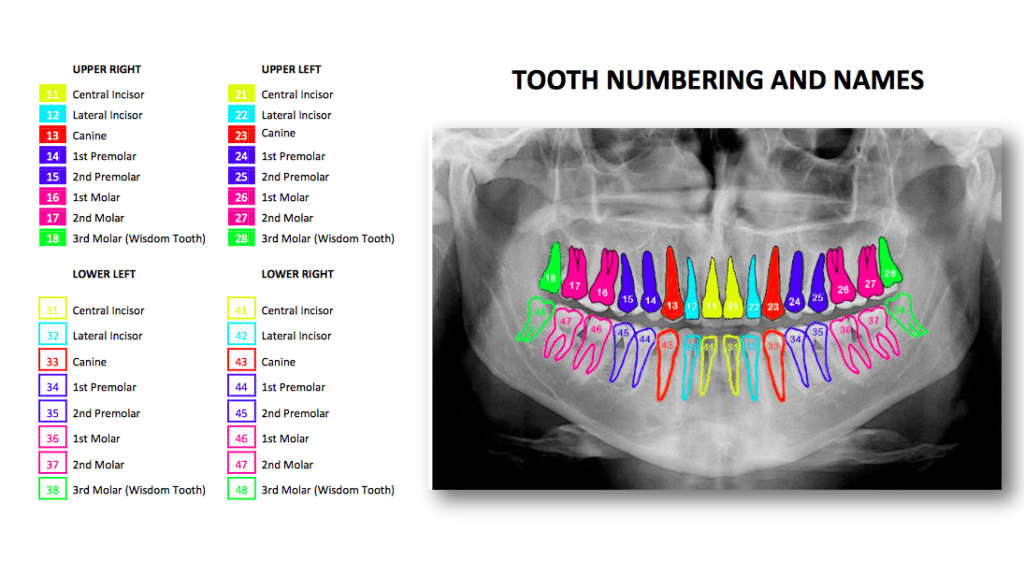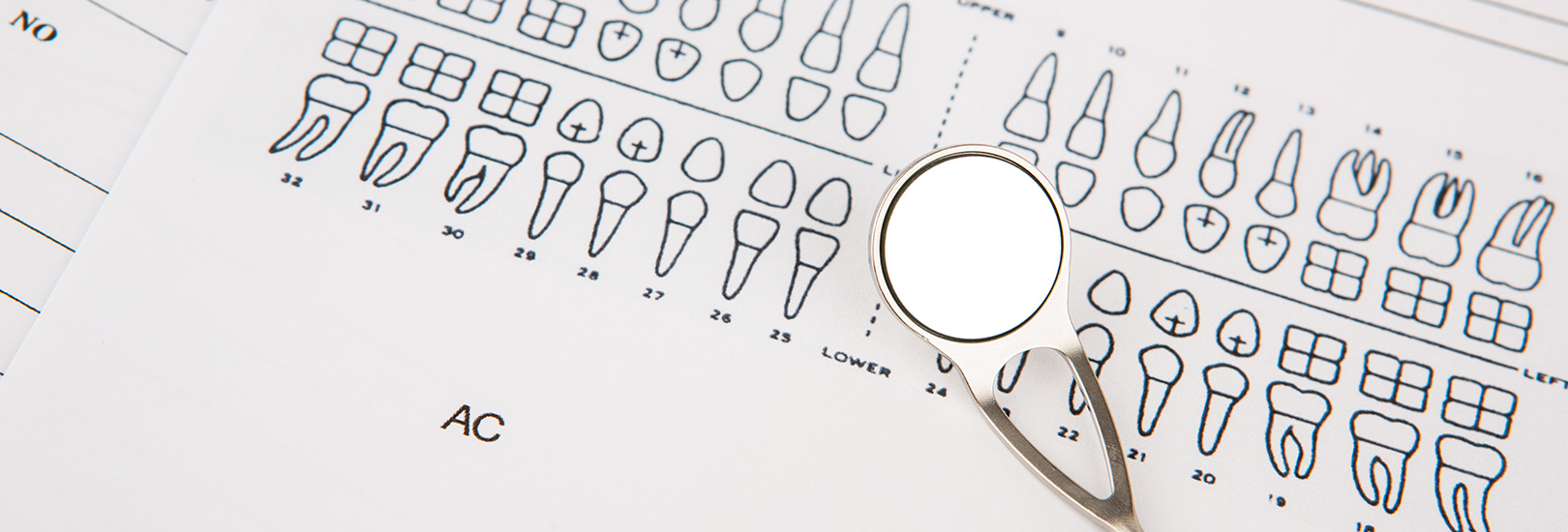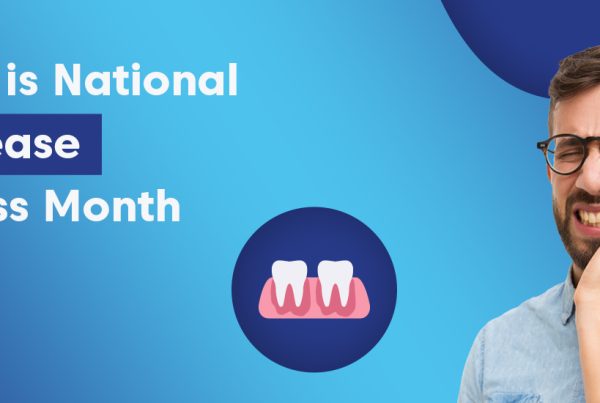Understanding teeth numbers may be difficult sometimes. When you experience that moment when sitting in the chair at the orthodontic office and hearing your doctor say something like “11, 26, 45, 48” or you must have struggled reading your dental treatment plan. Sometimes, it seems like deciphering a difficult table from a statistics book. No, we aren’t really talking in a different language nor it’s a statistical data, we just use the dental language where every number means a specific tooth.
Data collected from surveys show that most patients have difficulty understanding one of the most significant documents they are likely to encounter in the course of their orthodontic or dental treatment plan. The treatment plans are presented based on The Federation Dentaire International Numbering System (FDI) or The Universal Numbering System, which has been adopted by the ADA and is in use by most orthodontist and general dentists today in the United States. A layman can’t understand these terms unless someone in the clinic explains it thoroughly, it’s a struggle.
Well, here is a quick guide that can help you identify teeth numbers and names, so you can understand what dentist or orthodontist is talking about.
ADA Universal Numbering System
We know teeth based on names, such as molar, incisor, or wisdom tooth, but you might not know what the teeth numbers are. At Orthodontic Experts, your teeth are identified by their numbers.
The ADA Universal Numbering System treats the 32 permanent teeth in a clockwise fashion as seen by your dentist or orthodontist. Teeth numbers 1 – 16 are on your upper jaw and teeth numbers 17 – 32 are in your lower jaw.
For instance, teeth numbers 1, 16, 17, and 32 are your wisdom teeth and teeth numbers 14 and 15 are your upper left molars.
Teeth Numbers and Names (FDI)
So that’s a handy guide for understanding teeth numbers in your treatment plan. If you still have difficulty understanding your treatment plan, post your questions below. You can get in with us by giving us a call or sending us an email. Our experienced orthodontist would love to answer your questions.

So that’s a handy guide for understanding teeth numbers in your treatment plan. If you still have difficulty understanding your treatment plan, post your questions below. You can get in touch with us by giving us a call or sending an email. Our experienced orthodontists would love to answer your questions. If you are tired off crooked teeth and willing to have beautiful straight smile, book your no-cost consultation now.










